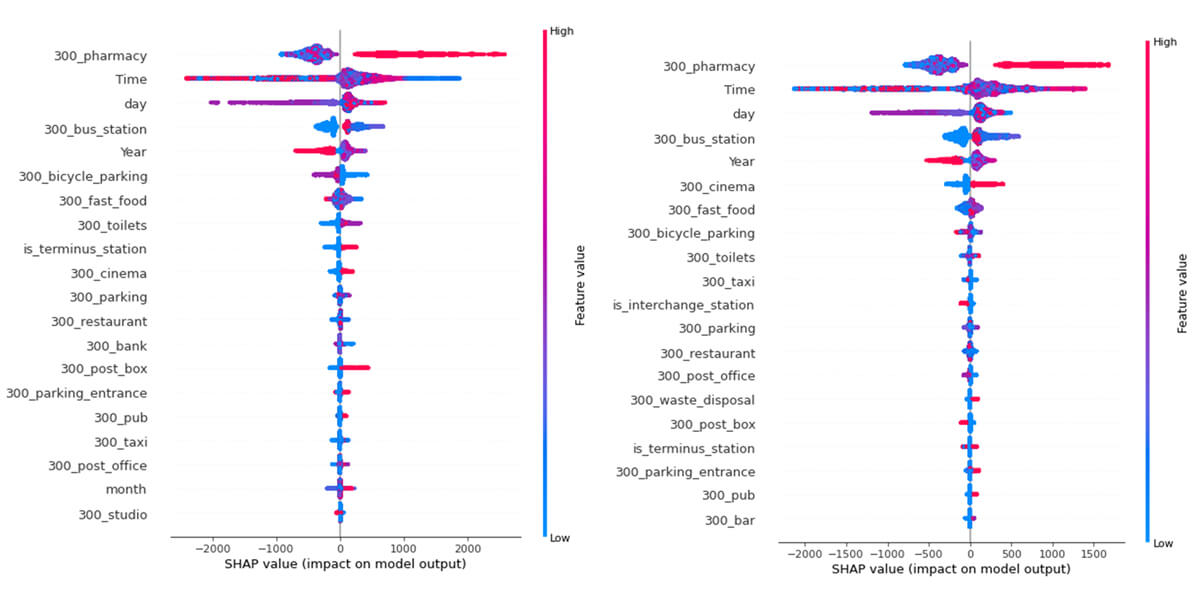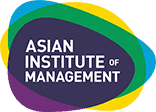
Figure: SHAP summary plot detailing the effect of each feature on the output of the model
Abstract
Mass urban transit has been considered a sustainable and efficient transport solution to developing megacities like Metro Manila, which are experiencing challenges due to rapid motorization, chronic traffic congestion, and deteriorating public transport systems. This trend is expected to get worse as the urban population continues to grow.
Passenger volume prediction is considered a critical factor in improving operations management, maintenance, planning, and the overall service of the metro. This paper uses machine learning algorithms to predict passenger volume at specific train stations based on surrounding or nearby amenities. It aims to provide a possible solution to predict the passenger volume based on amenities or certain facilities around the metro stations, thus providing an understanding of the amenities’ impact on the metro passenger volume and exploring the potential association between the features and the target variables.
Based on retrieved MRT-3 data from FOI and amenity data from OSM, results show that the proposed method had an accuracy of 96% for Entry and 95.5% for Exit, with Entry and Exit prediction model using Random Forests (RF) regressor.


